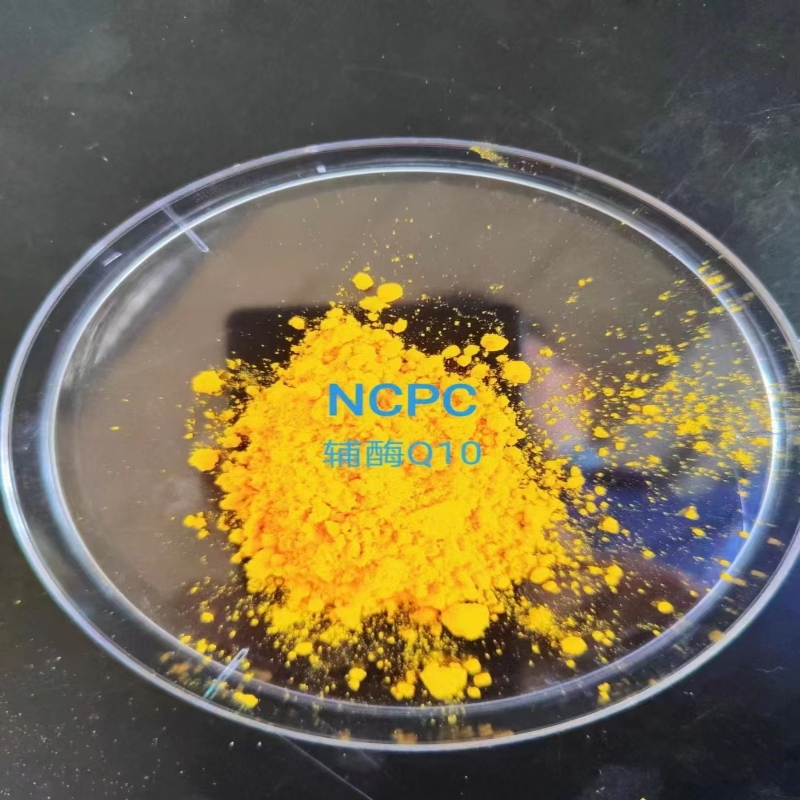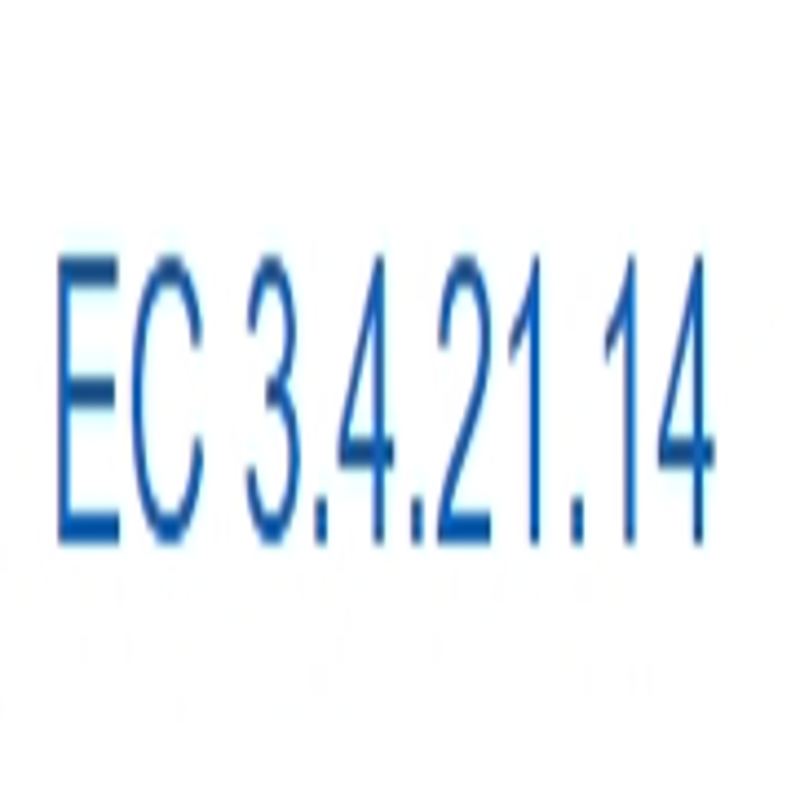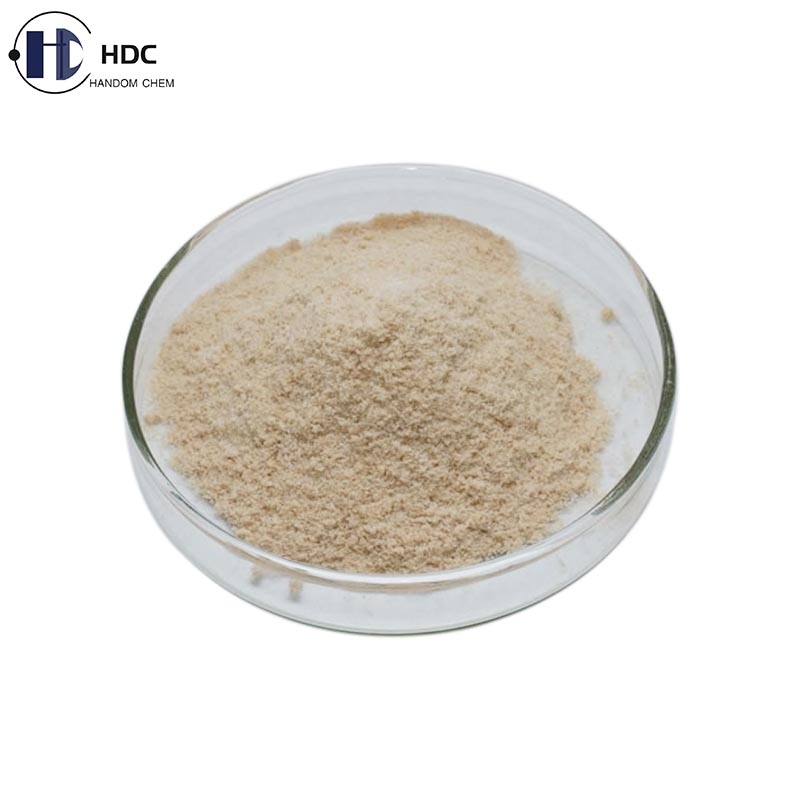Progress in methodology of enzyme directed evolution
-
Last Update: 2019-08-03
-
Source: Internet
-
Author: User
Search more information of high quality chemicals, good prices and reliable suppliers, visit
www.echemi.com
Directed evolution is an effective way to improve the catalytic properties of enzymes, such as stereoscopic / regional / chemical selectivity, activity, thermal stability, etc Previous studies have shown that the selectivity and activity of the enzyme can be successfully controlled by saturated mutation (SM) of amino acid residues located in the catalytic pocket of the enzyme As a common degenerate codon, NNK can encode 20 kinds of amino acids, but with the increase of mutation sites, the screening amount increases exponentially (20 m, M is the number of sites) More and more attention has been paid to how to reduce the design of codon and build efficient mutant library to overcome the bottleneck of screening Tianjin Industrial Biotechnology, Chinese Academy of Sciences The research team of enzyme molecular engineering and industrial biocatalysis led by sun Zhoutong, a researcher of the Research Institute, focused on this problem, and took limonene cyclohydrolase and P450 monooxygenase as research objects, respectively constructed mutant libraries with NNK, NDT, rationally designed simplified codon and other simplified codon design methods The experimental results show that rationally designed simplified codon under the same screening amount The number of beneficial mutants was significantly increased, which was supported by statistical analysis (Patrick / Firth and Nov calculation) This work proves for the first time that beneficial mutants can be obtained quickly by simplified codon design and high coverage screening This research is supported by the project of Chinese Academy of Sciences Qu Ge, assistant researcher of Tianjin Institute of technology, is the co first author of the paper Sun Zhoutong and Manfred t reetz, Professor of Mapu Coal Institute / Tianjin Institute of technology, Germany, are the co authors.
This article is an English version of an article which is originally in the Chinese language on echemi.com and is provided for information purposes only.
This website makes no representation or warranty of any kind, either expressed or implied, as to the accuracy, completeness ownership or reliability of
the article or any translations thereof. If you have any concerns or complaints relating to the article, please send an email, providing a detailed
description of the concern or complaint, to
service@echemi.com. A staff member will contact you within 5 working days. Once verified, infringing content
will be removed immediately.







